CONTENTS
Everything about personal item size: The only guide you will ever need
Made to fit under the seat
View AllIf you are confused between carry-ons and personal items, you are not alone. With all the regulations coming from the government and the policy of airlines, there are just too many things we need to know.
However, there is no doubt that knowing everything about personal items can come in pretty handy at times. That is why it is worth the effort to understand the necessary information relating to the subject.
We did some research, and the information is just all over the place. Not wanting you to go over all the troubles like us, we put everything about personal item size in just one place, which hopefully avoid you from some headache planning your air travel trip.
Note: In this article, we will have a list including some airlines from the United Kingdom and the United States. If you are interested in airlines in other countries, please comment below. This would help us to understand you better. We would also feature the country or countries you care about in future articles.

Would this be considered a carry on or a personal item?
What Is A Personal Item?
Firstly, you need to know that a personal item is not an item in your carry-on luggage. In fact, they are extra items you can carry with you on board an aeroplane in addition to your carry-on.
Generally speaking, it would be a small bag or carrier that can fit under the passenger’s seat. Personal items can be handbags, backpacks, laptop bags, and small duffel bags.
Normally, the allowed size for personal items on most airlines varies between:
- Length: 16 and 18 inches (40.64 and 45.72 cm)
- Width: 14 to 15 inches (35.56 and 38.1 cm)
- Depth: 7 to 9 inches (17.78 and 22.86 cm).
The most common personal item size limit is 18 x 14 x 8 inches (46 x 36 x 20 cm). If your backpacks or handbags don’t exceed this number, you’re good.
Weight limitations for personal belongings are also regulated by several airlines ranging from 10 to 25 pounds (around 4.5 to 11 kg).
A personal item is intended to give you a practical and accessible container for stuff that is either important or will be used a lot during the journey, such as medicines, food, or technological devices.
Due to its small size, a personal item is a perfect choice for people who want to travel light since it is usually exempt from extra fees by the airlines.
In addition, it is not uncommon for luggage to go missing. In many cases, carrying a personal item can be a game changer. You can also avoid the hustle of checking luggage and waiting for your bags after the journey. We all know how this process is painfully time-consuming.
Coach seats on most airlines will give you one carry-on and one personal item allowance. However, that’s not always the case. Some basic economy doesn’t even offer free carry-on, letting you board the plane with a personal item only.
CabinZero tips: Pack a change of clothes in your personal items or carry-on. In case your luggage gets lost, you will always have fresh clothes at hand. It’s one of the must-know tricks for travel.
About the size of your items
1. Regulations
When packing for a journey, you should be aware of the size restrictions, which might vary depending on the airline. The reason for this is to ensure your personal item would not block the aisle or emergency exits. It needs to fit completely under your seat.
Here is a list of some airlines that you might be interested in:
- British Airways:
- Dimension: 16 x 12 x 6 inches (40 x 30 x 15 cm)
- Weight: 51lb/23kg max
- Ryanair:
- Dimension: 15.7 x 7.8 x 9.8 inches (40 x 20 x 25cm).
- Weight: Unclear (You should check with the airline).
- EasyJet:
- Dimension: 17.7 x 13.8 x 7.8 inches (45 x 36 x 20 cm).
- Weight: 33lb/15kg max
- American Airlines:
- Dimension: 18 x 14 x 8 inches (45 x 35 x 20 cm).
- Weight: Unclear (You should check with the airline)
- Delta Airlines:
- Dimension: No specific limits, as long as they are “a purse, laptop bag or item of similar size that will fit underneath the seat in front of you”.
- Weight: Unclear (You should check with the airline).
- Southwest Airlines:
- Dimension: 16.25 x 13.5 x 8 inches (41.28 x 34.29 x 20.32 cm)
- Weight: Unclear (You should check with the airline)
Unfortunately, or fortunately, this is not everything. Depending on the type of aircraft you are travelling on, there may be different size restrictions for personal items.
Smaller planes’ passengers are usually put under stricter restrictions due to the limited space. The reason comes from the loose policy of airline companies for personal items. In many cases, if your personal item can be put completely under your seat, it is allowed. Therefore, when different planes have different seat sizes, the size of allowed personal items may vary accordingly. However, it is best to double-check with your chosen airline.
The same applies to the weight of your personal items. A plane’s load is another aspect affecting the size restrictions of personal items.
2. Process
Usually, airline employees will physically inspect the size and weight of your personal item at the check-in desk or at the gate.
To ensure subjectivity, airline employees will also use what is called a sizing box. It is a rectangular steel frame with the luggage image above.
If your personal item does not fit this box, it is bad news. In that case, it will turn into checked luggage, meaning additional fees will be required. That’s why airlines have size restrictions in the first place, though.
Some airlines even take a step further and require you to sign an agreement paper before carrying your personal item. It mainly is a liability waiver for possible damage that your personal item can cause during the flight.
However, size might not be everything. Some airlines will have their own policies due to different reasons, so it's always wise to check with your chosen airline before packing.
Measuring Your Personal Items

Sizing racks at airports are handy. IG: @magik.bean_travels
To avoid the situation when your stuff does not fit inside the box, here is some information on how you can measure it at home.
First, you will need a ruler or tape for the process. Start by taking an inch measurement (or centimetres) of the item's length, width, and depth. Be careful to gauge the item's width at its broadest places.
One frequent mistake that people often make is forgetting about pockets, straps, and handles.
Make sure to take them into consideration as well. Then, the overall size of your particular item may be calculated by adding these measures together. You can proceed to pack it for your flight if your personal item is suitable for the airline's size requirements.
Packing Your Personal Items The Right Way
Of course, we have some tips for you.
First, pick a soft and compact bag that will be simple to put beneath the seat in front of you. A soft-sided bag or backpack could be a good option because they can frequently be compressed to fit in small locations - like that universal-hated sizing box.
Overpacking is also a common problem. Sometimes, just one extra item will make your bag much more difficult to fit under the seat and may cause it to be declared big. Prepare a packing list prior and spare some time for the packing process.
Also, using packing cubes or organisers is also a great way to optimise space and store your possessions. Use tiny containers for toiletries and other small goods, and roll your clothes rather than folding them to conserve room and minimise creases.
For chunky items such as coats (e.g. parka, wool coat) or boots (e.g. combat boots, work boots), consider wearing them instead of stuffing them inside.
Another useful way to save some space is to pack goods that have multiple purposes, like a big scarf that can double as a blanket. Versatile clothes should also be prioritised: Dark-wash jeans, Black dresses, White T-shirts, blazers, etc.
Last, but not least, think about getting a personal item pack made especially for air travel. These frequently follow the size limitations of most airlines and are designed for comfort and convenience. You won’t have to worry about a thing using them.
Common personal items
1. The carriers
In our experience, backpacks are probably the most common option for personal items. It is easy to carry around and soft enough to stuff under your seat or the sizing box. On top of that, backpacks are the most diverse type of bag, with countless designs for different purposes and preferences,
Also known as fanny packs, hip packs are small bags worn around the waist. Generally speaking, a fanny pack will have two compartments and be secured by either buckles or zippers.
Even though hip packs are not the best options for carrying heavy items, they are perfect storage spaces for passports, wallets, and smartphones, etc.
Very similar to hip packs are crossbody bags. At a glance, it might look like an enlarged version of what we have just talked about. However, as with many things else, there are secrets to them if you look closely. Open the bag, and you will see more than just two compartments.
Usually, they are much bigger than hip packs. Because of the larger side, technology such as RFID blocking has space to be integrated into.
It makes travelling to unfamiliar places, or even in daily life, much more comforting. Plus, you can wear the bags on your backs if you have some cool-looking logos on your shirts that everybody should see.
If you are not fancy the above options, here is a list of some alternatives:
- Tote bags: If you are not carrying too many items and want to be more fashionable, tote bags are for you. Especially, there are a lot of cheap tote bags that you can grab for a few pounds.
- Messenger bags: Even though messenger bags are usually more expensive, it is the perfect option for business travellers. However, you might want to consider the material of your messenger bags. Personally, we would not put leather bags under any seat.

A small pack to store all your essentials give you more freedom on the road.
- Garment bags: If you need to carry formal wear such as suits or dresses, garment bags will be very useful in protecting them
- Tiny suitcases: We have seen many people opt for small suitcases, designed specifically for carrying personal items. With the sturdy material, you don’t have to worry about damaging your stuff.
- Purses: Lightweight, fashionable. Easy choice!
- Camera bags: Nobody wants to put their precious cameras and lenses into luggage due to the risk of being damaged. Hence, camera bags are increasingly popular.
- Duffel bags: For people who travel with heavier goods, a duffel bag is a well-suited option.
2. The contents
It entirely depends on you and your preferences to determine which items to carry. However, if you are unsure, we believe this list would be a great starting point to consider:
Prioritisation
- Passport and travel documents: We recommend you carry these or any other important documents in your personal item for two reasons. First, to ensure that you can keep them in sight at any time. Second, having them handy can help you accelerate any procedure during your journey.
- Wallet, money, and credit cards: Similarly, having these things nearby can help you go around the airport more simply and make any duty-free purchases.
- Mobile phone, tablet, and charger: We all know how much we are going to use our phones during the flight. Make sure to carry a charger to ensure that you have enough battery.
- Medicines & prescriptions: This one is crucial, especially if you have some type of condition. And even if you don’t, having some medicines available is always a soothing feeling.
Optionals
- Earbuds or headphones: If you need to work during the flight or just want a different atmosphere, a pair of noise-cancelling headphones with some relaxing music would be perfect. Here in CabinZero, we usually listen to the type of music that fits with the purpose of the flight. Imagine listing to some Carolina music while travelling to a beautiful beach. Wonderful!
- Snacks and water bottles: Bring some of these to avoid spending a fortune on aeroplane food. However, be aware that some airlines or countries have special policies. You should double-check with them to avoid unwanted problems.
- Book, e-reader, or a magazine: If you like reading, a boring flight is a perfect place.
- Lightweight jacket or scarf: For some reason, the plane air conditions are always too cold. Hence, having something that can be used as a blanket is highly recommended.
- Travel eye mask and pillow: If you are having a long flight, or want to get some sleep to recover before arriving at the destination, consider carrying a travel eye mask and pillow
- Toiletries include toothbrushes, toothpaste, and face wipes: Similar to medicines, you might not need them, but they are good to have.
Is There Any Fine For Violations
It is not a surprise when these regulations are accompanied by troubles. What if your personal item is too big?
As we already mentioned, you may be required to check your bag, which will lead to some extra costs and perhaps cause delays. This would be bothersome, especially if you need access to important items.
The costs vary anything between $25 to $200, and it's often non-refundable. Airlines may sometimes ask you to buy a new seat in order to fit your big item. Then, the additional fee will be significant. Even worse, if your personal item is too large or heavy, it is possible that you have to leave it or be denied entry.
Similar to things in your carry-on or checked luggage, if your personal item considered to be able to pose a safety risk according to the regulations of CAA or TSA, a fine is possible.
While packing your items, make sure they comply with the airline's regulations to prevent any fines or trouble.
Final words
Knowing everything about personal item size can be a very crucial part of your journey due to its accessibility. By packing efficiently and probably following our guide in this article, you can avoid unwanted additional fees or delays at the airport.
If you think we have missed any crucial information and any popular items that you think should be featured in our lists, please let us know.
This might be a little too greedy, but it would be great if you recommend to us some ideas for future articles that would beneficial to everybody (or ones that you want to know).
That would be the end of our article this time, hope to meet you again in the future. Wish you have a great flight and an even better journey!
Bui Hoang Hai

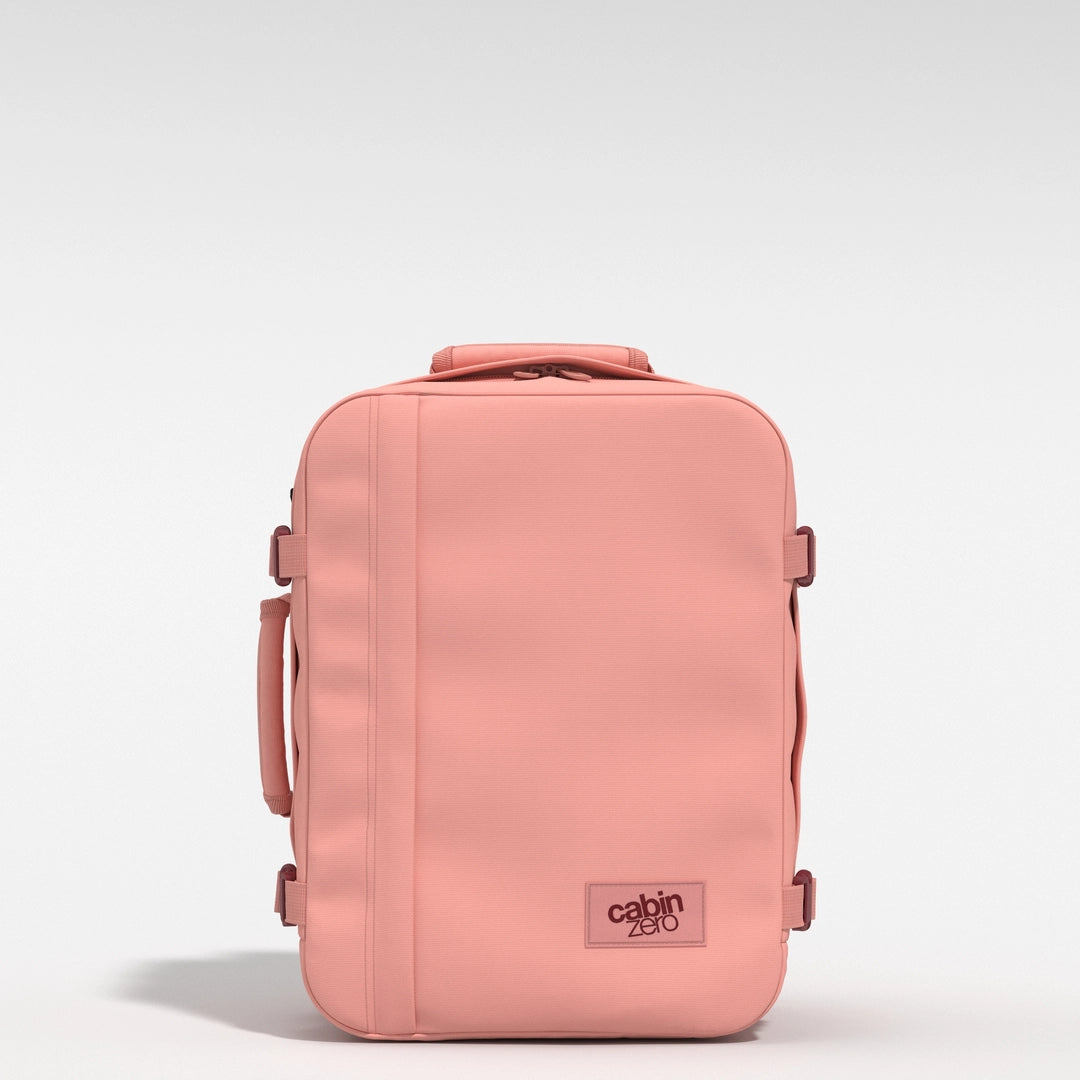

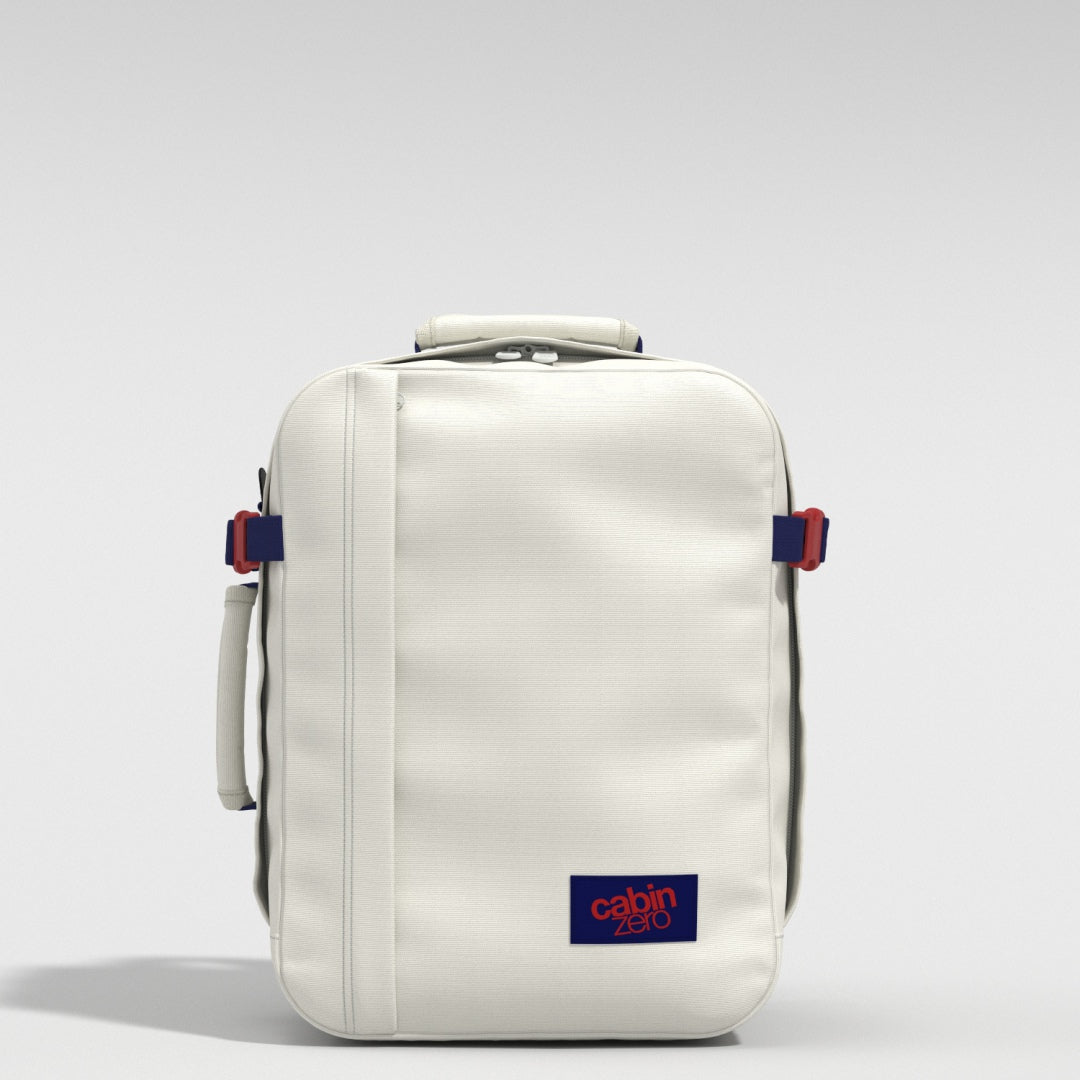

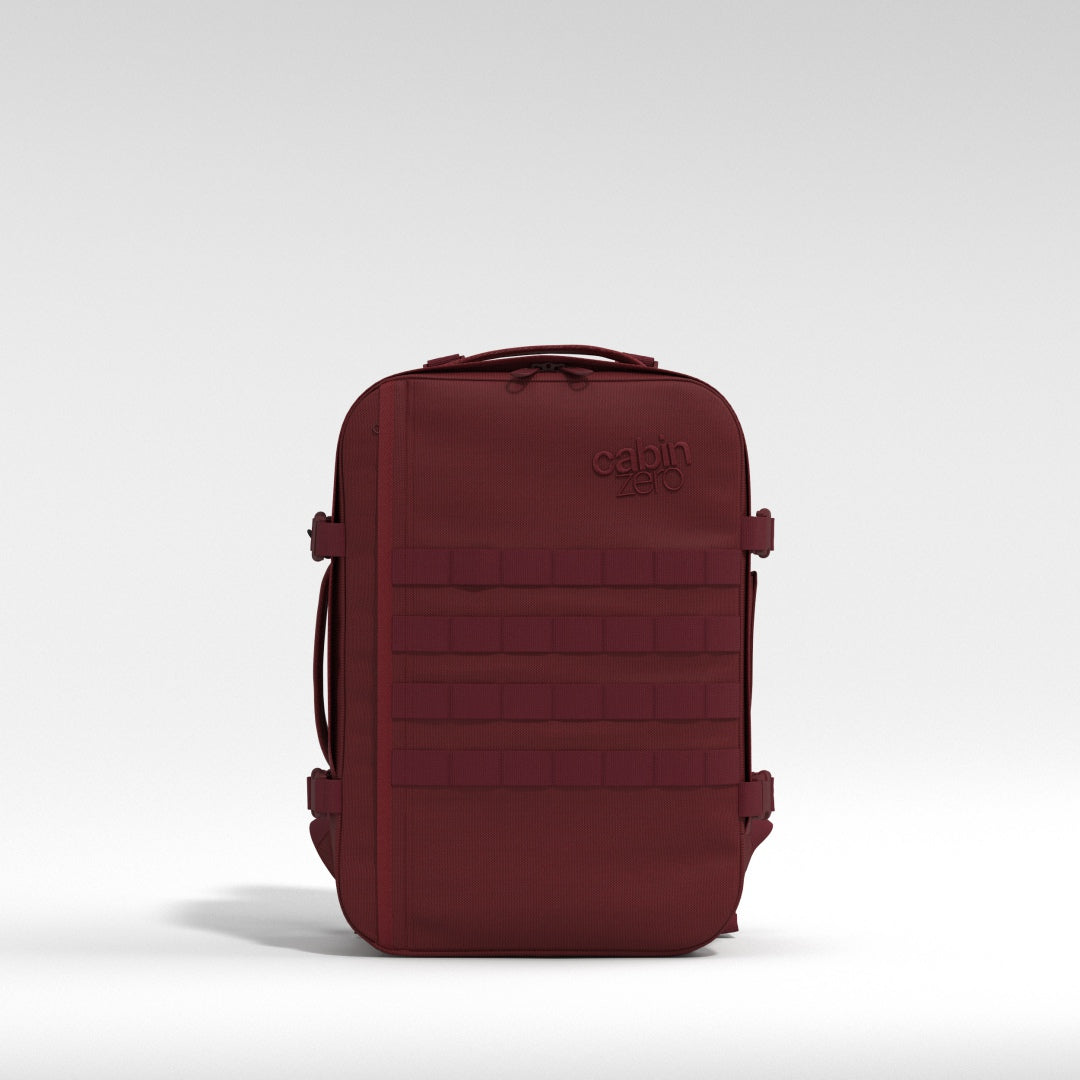

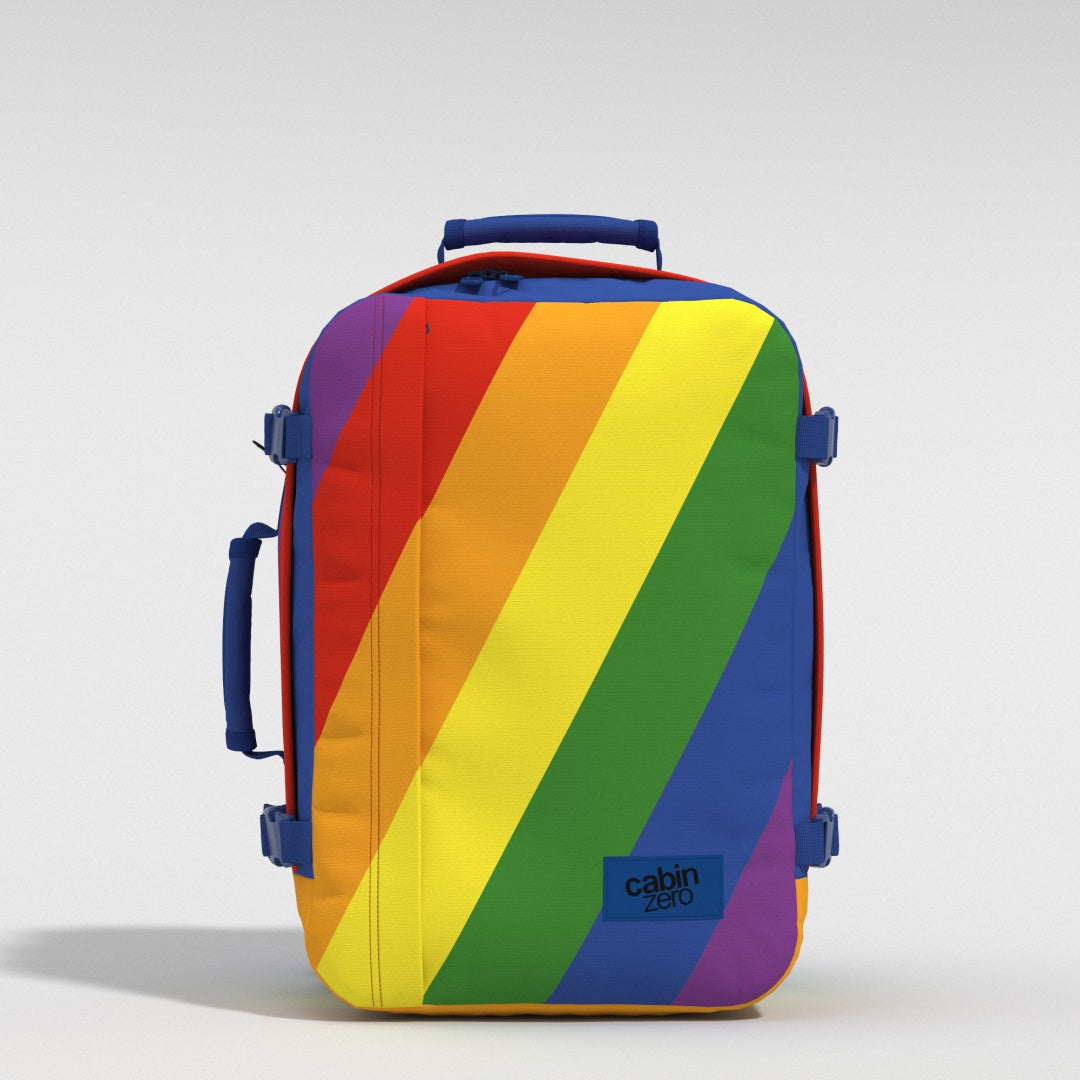

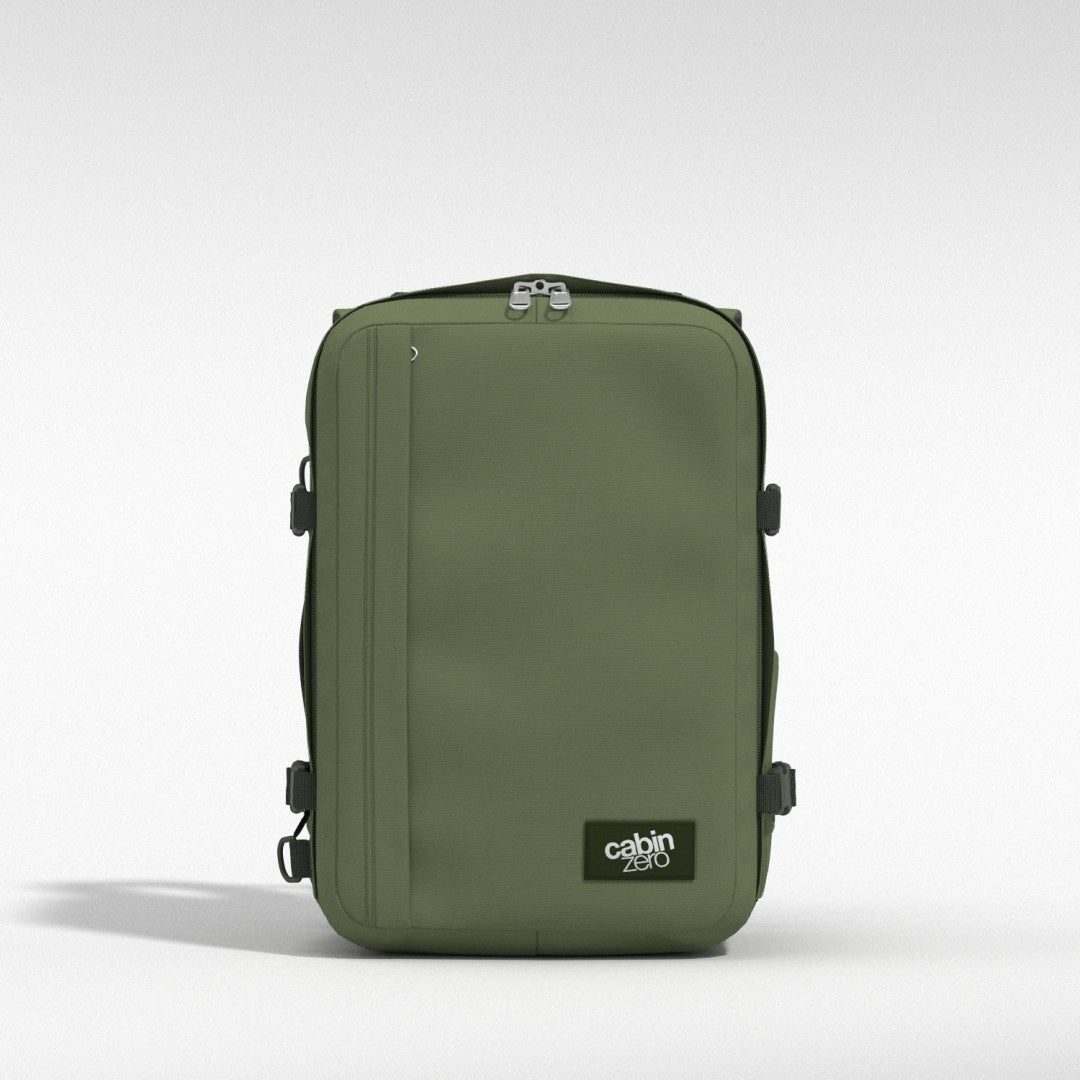

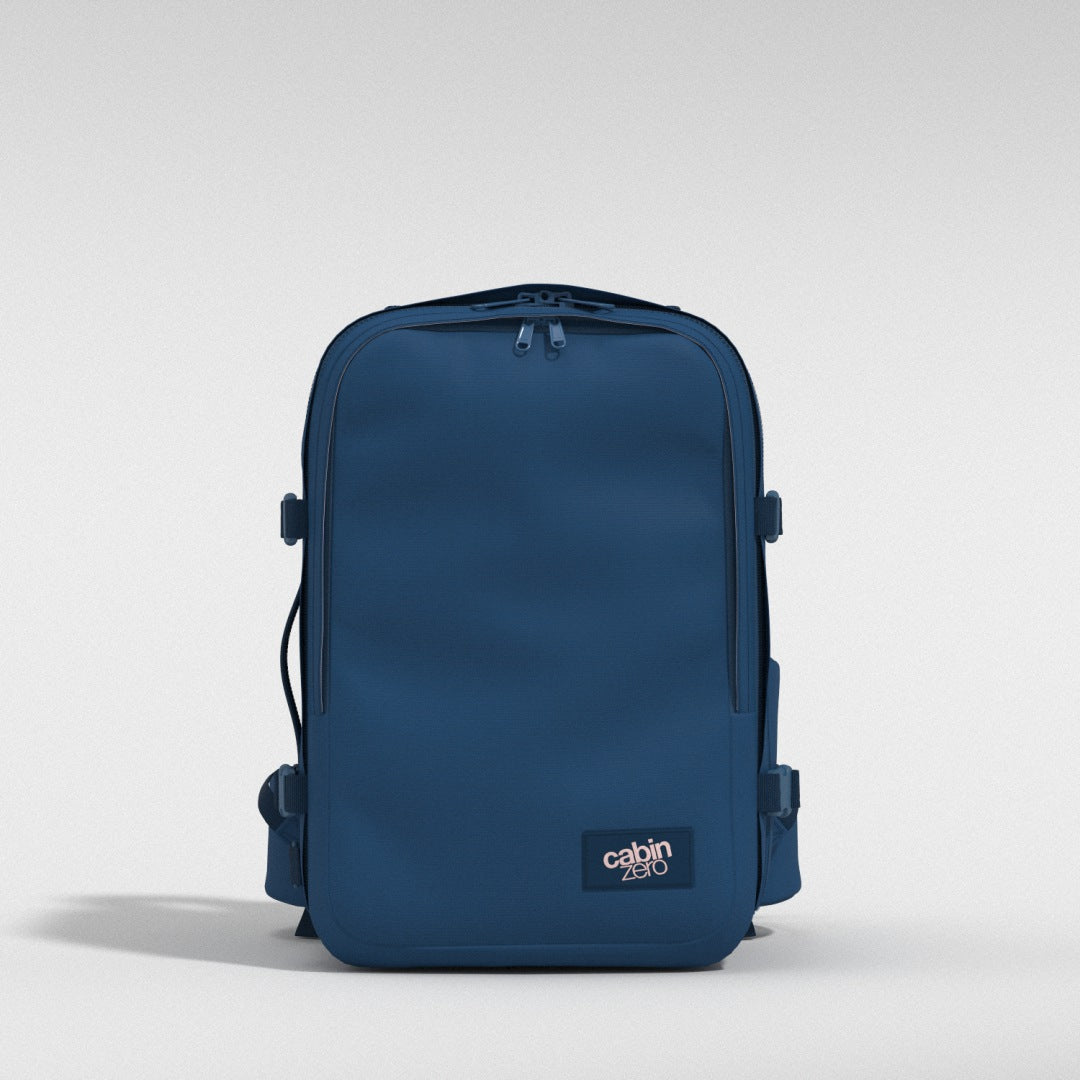




Leave a comment